They live underground in their gardens grow cacti, and at night play golf - so looks lives of the inhabitants of a small town in the Australian desert. This is the opal capital of the world - mining town of Coober Pedy (Coober Pedy). Residents of the town, located in the southern part of the Australian desert, where summer temperatures sometimes exceed 40 ° C in the shade, have found a simple way to deal with the heat. In their homes, even in the worst heat is always cool, but not because they use air conditioning, moreover, they do not have to wash the windows or blinds to hang on them to avoid prying eyes of neighbors, and all because the people Kuber- Pedi build their houses ... underground.
Let's look at an underground opal town of Coober Pedy.
1. Most likely the name of the city is due to its unusual houses underground. In the Aboriginal language Kupa Piti, which was the name of Coober Pedy, it means "hole of the white man." In the city live about 1,700 people, who are mainly engaged in production of opal, and their houses - this is nothing like the underground "holes", made in sandstone at a depth of 2.5 to 6 meters. (Photo: Les Pullen / South Cape Photography).
It is located in South Australia, on the edge of the Great Victoria Desert, one of the most arid and sparsely populated places of the continent. At the beginning of the XX century there started production of precious opals, 30% of world reserves are concentrated in Coober Pedy. Because of the constant heat, drought and frequent sandstorms miners and their families initially began to settle in dwellings carved into the mountainside - often fall into the pit can be directly from the house. The temperature in such a "flat" throughout the year did not exceed 22 ° C, and the comfort level is not much inferior to the traditional "land-based" home - there were bedrooms, living rooms, kitchens, bathrooms. That's just the windows did no more than two - otherwise it gets too hot in the summer.
2. Due to the lack of an underground sewage, toilet and kitchen in the houses are right at the entrance, that is, at ground level. The bedrooms, the other rooms and corridors dug usually deeper. Ceilings in large rooms support column whose diameter is up to one meter. (Photo: Les Pullen / South Cape Photography).
3. Building a house in Coober Pedy can even make its owner rich, because there is the largest field of precious opals. On mestorozhedniya in Australia, mostly in Coober Pedy, accounting for 97 percent of world production of the mineral.Several years ago, during the drilling of the underground hotel, it was found stones worth about 360 thousand dollars.(Photo: Les Pullen / South Cape Photography).
4. Roofs Coober Pedy. A common sight, and a distinctive feature of the underground city - it vents sticking out of the ground. (Photo: Robyn Brody / flickr.com).
5. The field of opals in Coober Pedy was discovered in 1915. After a year there began to arrive early miners. It is estimated that about 60 percent of Coober Pedy - they were immigrants from southern and eastern Europe who came there after World War II to work in the mines. For nearly a hundred years, this city is the world's largest manufacturer of high quality opals. (Photo: Les Pullen / South Cape Photography).

6. Since the 80's, when in Coober Pedy hotel was built underground, it is visited by thousands of tourists. One of the most visited places in the city opals became home of a recently deceased resident of his famous crocodile nicknamed Harry - eccentric lover of alcohol and adventurer who became famous for his numerous love affairs.
In the photo: an underground church in Coober Pedy. (Photo: Jacqui Barker / flickr.com).

7. Both the city and its suburbs, for various reasons, very photogenic, so to attract filmmakers. Coober Pedy has become a place of filming in 2006 Australian drama «Opal Dream». Also in underground houses of the city were shot scenes for the movie "Mad Max. Beyond Thunderdome. " (Photo: donmcl / flickr.com).
8. Srenegodovoe rainfall in Coober Pedy is only 175 mm (in the middle lane in Europe, for example, about 600 mm). This is one of the most arid regions of Australia. Rains are almost never happens, so the vegetation is sparse. The city did not find tall trees grow only sparse shrubs and cacti. (Photo: Rich2012
9. Residents, however, complain about the lack of outdoor activities. His free time they spend on the game of golf, though because of the heat they have to play at night. (Photo: Les Pullen / South Cape Photography).
10. In Coober Pedy underground are also two churches, souvenir shops, jewelry shop, a museum and bar. (Photo: Nicholas Jones / Flickr.com).
11. Coober Pedy is located in 846 kilometers north of Adelaide - the capital city of South Australia. (Photo: Georgie Sharp / Flickr.com).
12. In Coober Pedy desert climate. In summer, from December to February, the average temperature is 30 ° C, sometimes reaching up to 40 ° C. At night the temperature is greatly reduced, to about 20 ° C. There are also possible sandstorms. (Photo: doctor_k_karen / Flickr.com).
13. Underground souvenir shop in Coober Pedy. (Photo: Lodo27 / wikimedia).
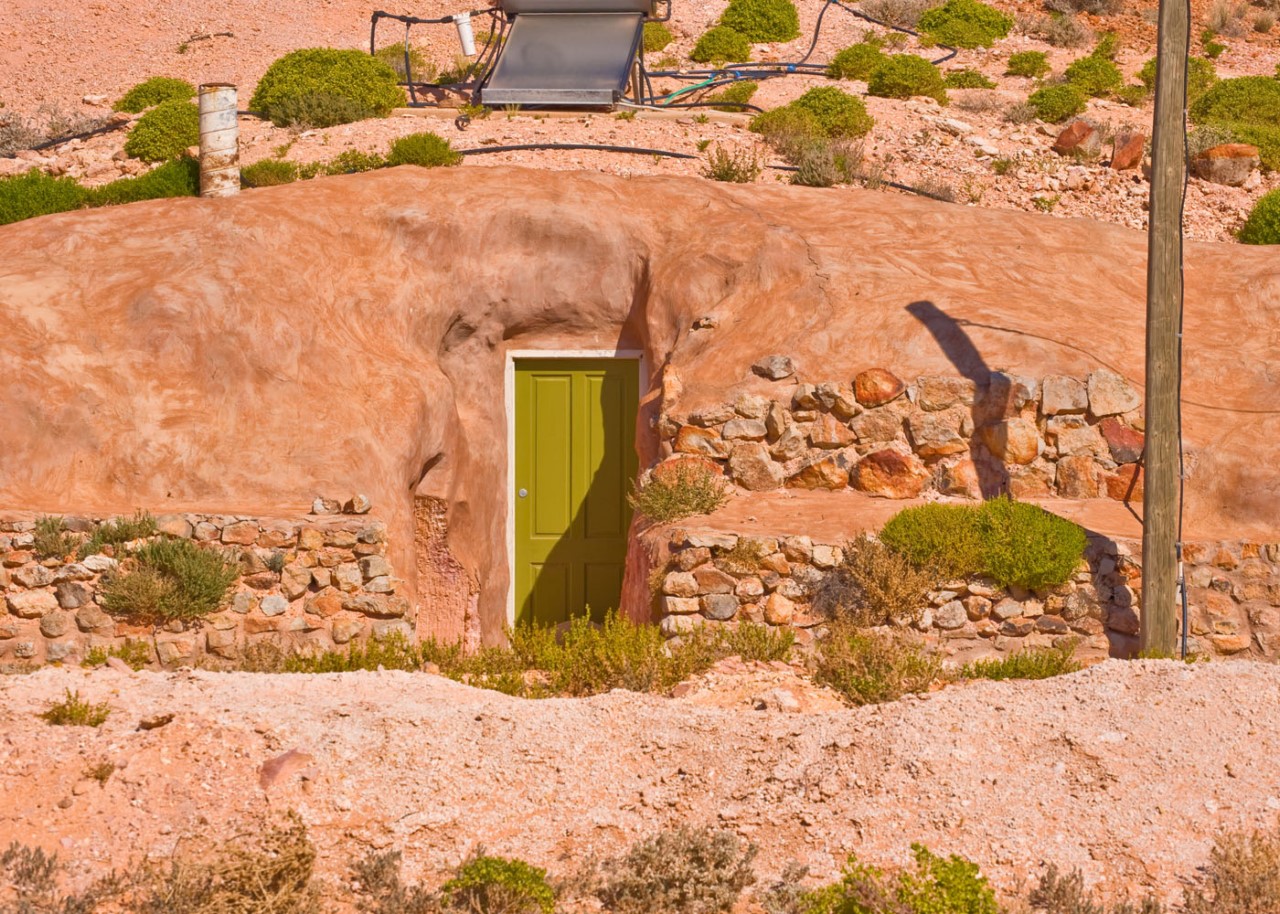
14. The heat townspeople fleeing digging themselves at home under the ground. (Photo: Lodo27 / wikimedia).
15. Underground bar in Coober Pedy. (Photo: Les Pullen / South Cape Photography).
16. Such a beautiful precious minerals mined in Coober Pedy - the city, which is called "opal capital of the world." (Photo: James St. John / Flickr.com).
Photo 1.


Some descendants of the miners prefer to register their underground house "a la natyurel" - they cover the walls and ceiling of the PVA solution to get rid of dust, while maintaining the natural color and texture of natural stone. Proponents of modern solutions in the interior walls and ceiling covered with plaster, then an underground dwelling becomes almost indistinguishable from normal. And those and others do not give up such a pleasant little things like an underground swimming pool - one of the hottest places on the planet is a particularly nice "luxury".
In addition to homes in Coober Pedy has underground shops and museums, galleries and shops, restaurants and a hotel, the cemetery and the church (including Orthodox!). But the trees and flowers are small - a hot dry climate of these places are able to make only cacti and other succulents. Despite this. The city has a golf course with a movable grass.
Photo 2.


Coober Pedy is a constant point of many tourist routes in Australia. Interest in the underground city warms the fact that in Coober Pedy shot films like "Mad Max 3: Beyond Thunderdome," "The Adventures of Priscilla, Queen of the Desert" and "black hole." And on the edge of the world capital of opal is the world's largest cattle farms and the well-known "Dingo Fence" length of 8500 kilometers.
Photo 3.
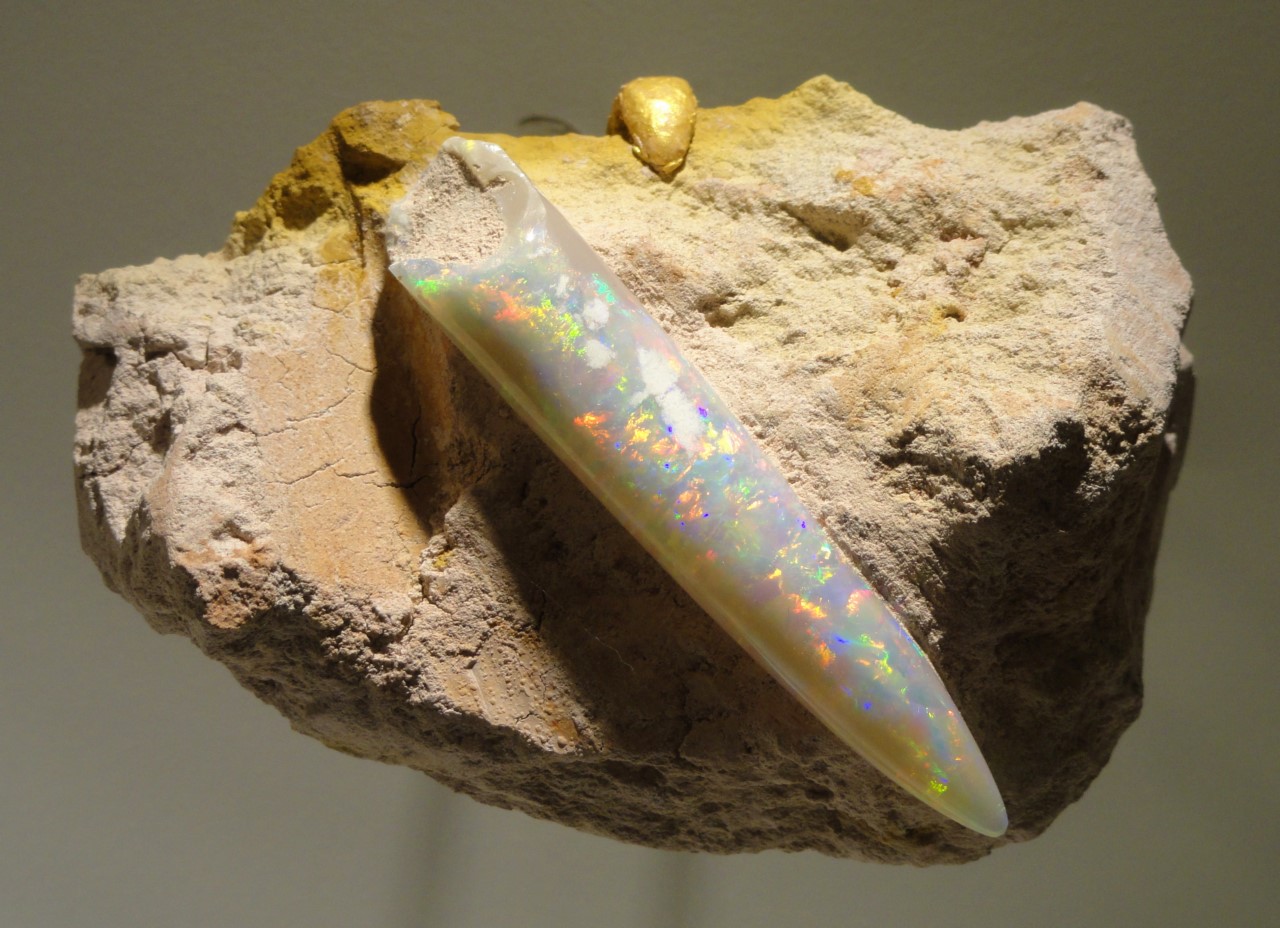

The city is famous for its opals, this - the capital of opal-stone, cast a rainbow. Development opals slightly less than 100 years, their deposits were discovered by chance when looking for water in 1915. Noble opal is different iridescent play of colors, the cause of which is the diffraction of light in the space lattice, and its value is not determined by its size and unique color play. The more rays - the more expensive opal. One of the legends of Aboriginal states that "a long time ago spirits stole all the colors in the rainbow and put them in stone - opal," on the other - that the Creator came down from heaven to earth and where ever set his foot, there were stones, shimmering with all the colors rainbow. Opal mining deal only with private entrepreneurs. Nevertheless, the industry brings the Australian economy about 30 million. Dollars annually.
Photo 4.


District Coober Pedy is the one of the most arid, sparsely populated desert and in Australia. The average annual rainfall about 150 mm. precipitation and very large swings in temperature day and night.
If you happen to fly over Coober Pedy, you will not see the familiar look of our building, and only dumps rocks with a thousand pits and mounds on the background of rocky red desert, creating unearthly scenery, terrific imagination. Each mound is a cone with a hole in the middle, visible on the surface, the shaft is connected with the underworld.
Photo 5.
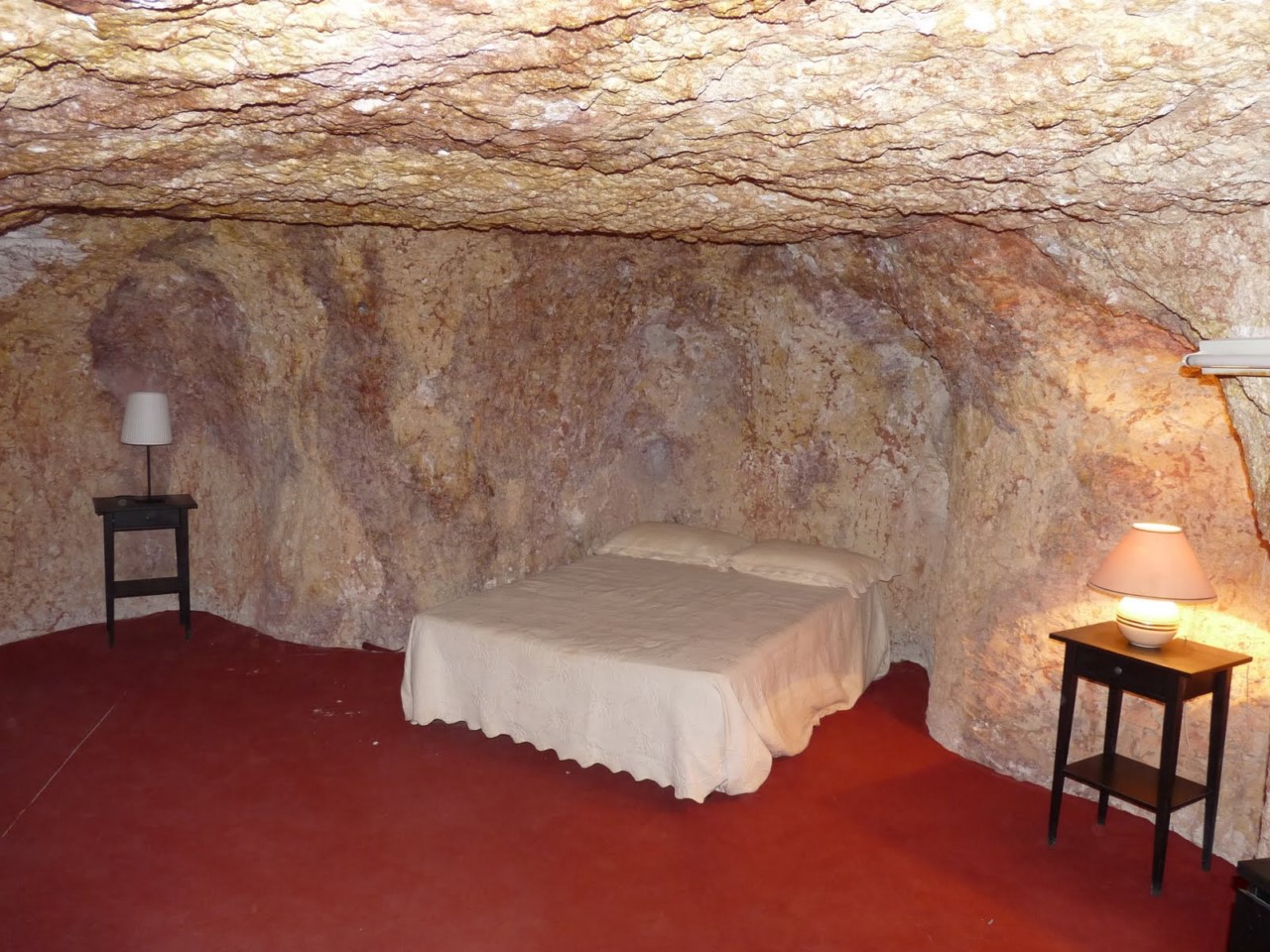

Another early settlers realized that due to unfavorable weather conditions, when the ground is heated during the day in the sun and on the surface of the heat reaches 40 degrees Celsius, but at night the temperature plummets to 20 degrees (also possible sandstorms) - can live underground in shafts after opal mining. The constant temperature of underground homes is kept near + 22-24 degrees all year round. Today, the city is home to more than 45 nationalities, but most of the Greeks up. The city's population - 1,695 people.
The water comes from a drilled 25 km. from the city of artesian wells and relatively expensive. The overall power system in Coober Pedy there. Electricity produced by diesel generators and solar water heating is carried out Ardagh batteries. At night, when the heat subsides, the people playing golf with glow in the dark balls.
Photo 7.
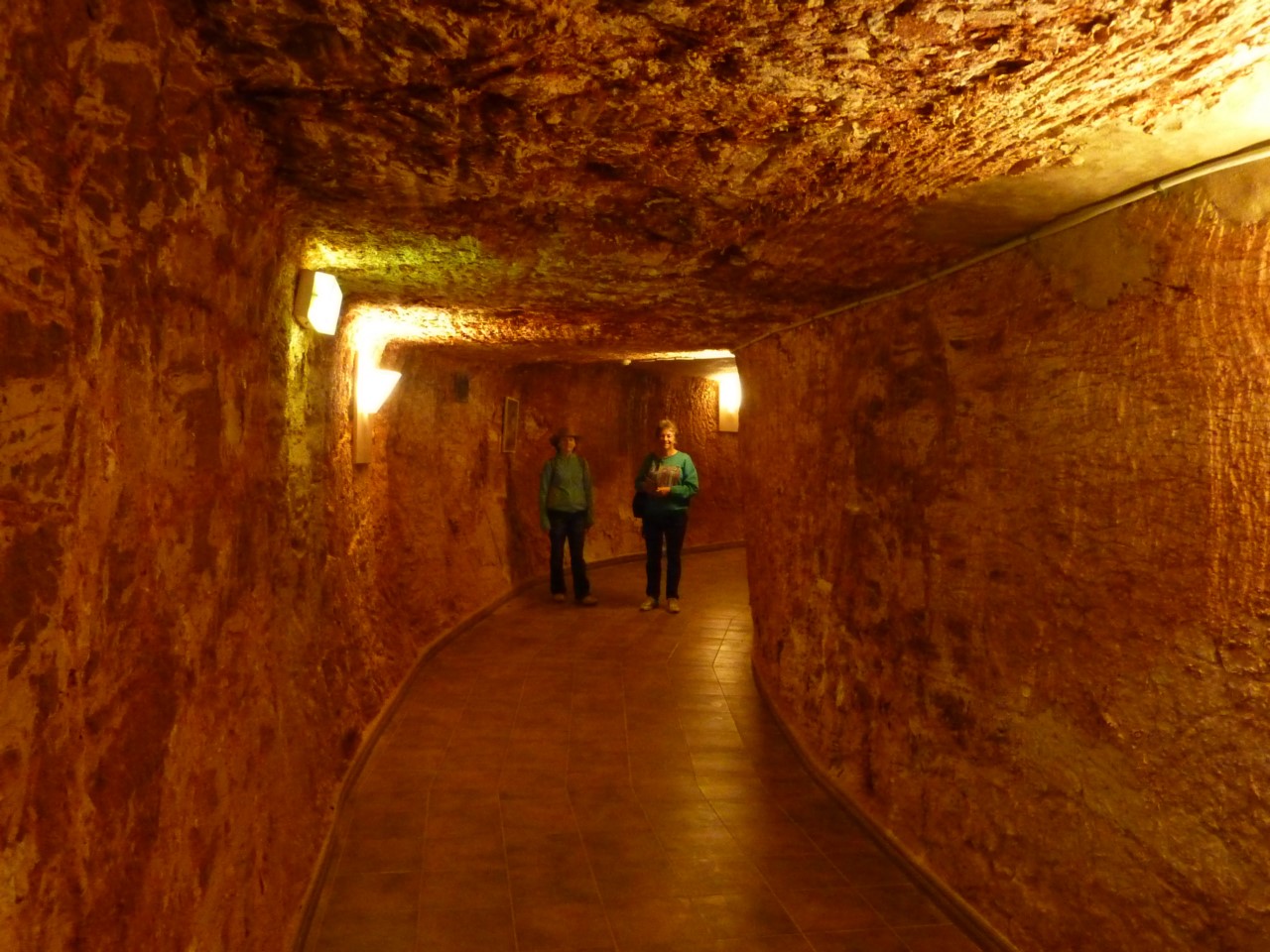

Previously, development was carried out manually opals - picks, shovels and rocks dragged buckets until until it finds an opal mine, on which then crawled on their bellies. Almost all of the shallow shaft and key passages in them are laid boring machines, horizontal tunnels that break through tall as a man, and from him - a branch in different directions. It is almost self-made device - the engine and gearbox on a small truck. Then, a so-called "blouer" - a car with a powerful compressor mounted on it, which deflated the mine tunnel, like a vacuum cleaner, sucks rocks and boulders on the surface, but when you turn off the compressor - open barrel-obtained new mini-mound - waste heap.
When entering the city put a huge sign with blouer machine.
Photo 8.


Photo 9.


Photo 10.
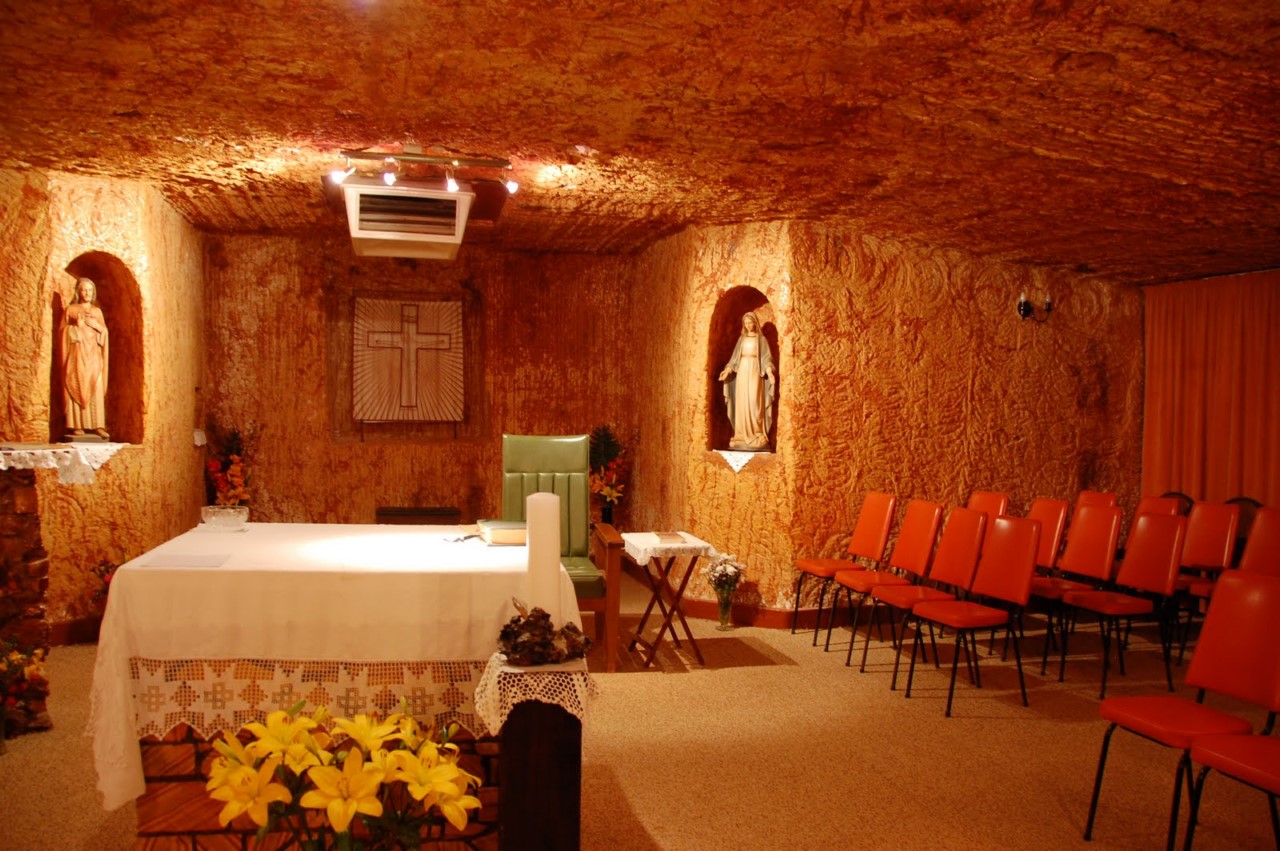

Photo 11.


Photo 13.


Photo 15.


Photo 16.


Photo 17.


Photo 18.
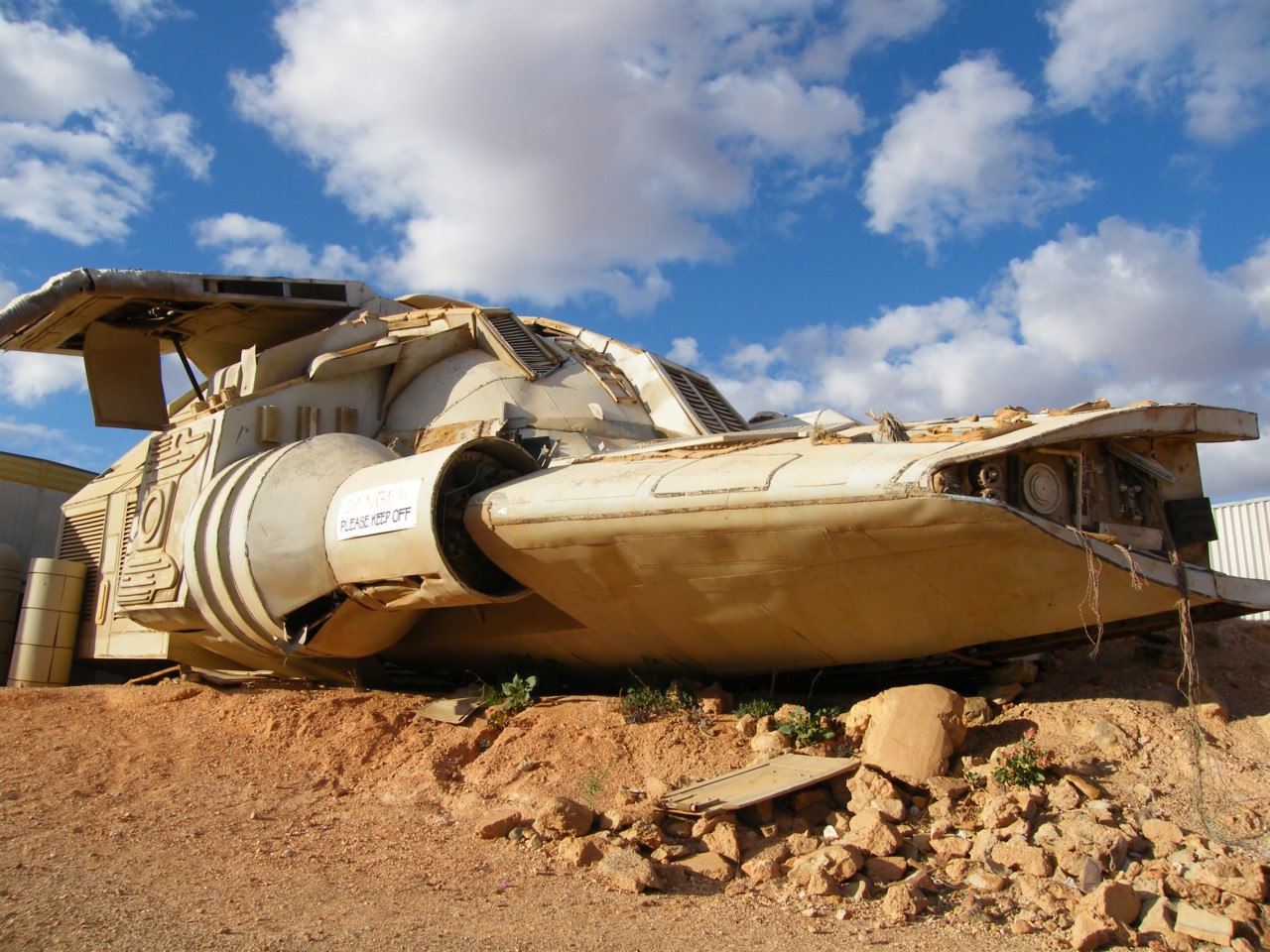

Photo 19.


Photo 20.


Photo 21.
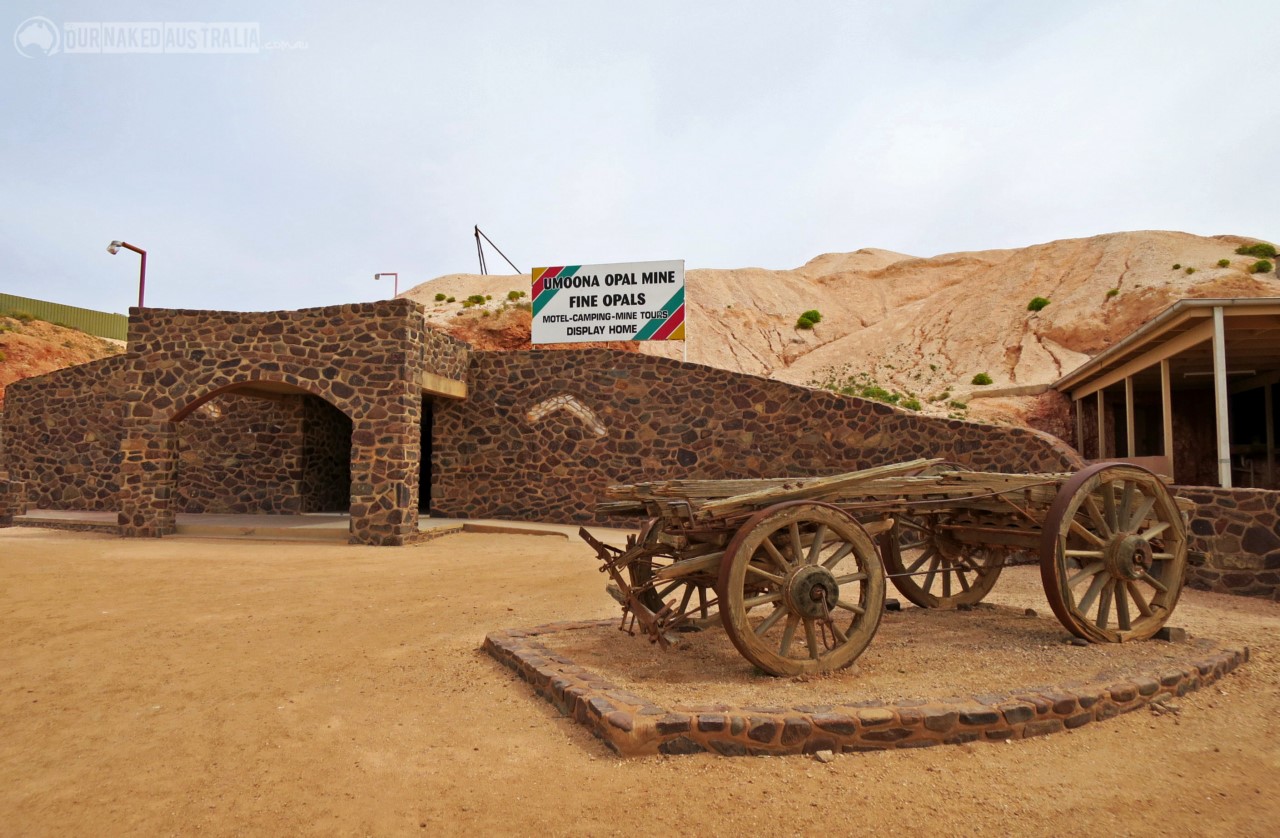

Photo 22.


Photo 23.


Photo 24.
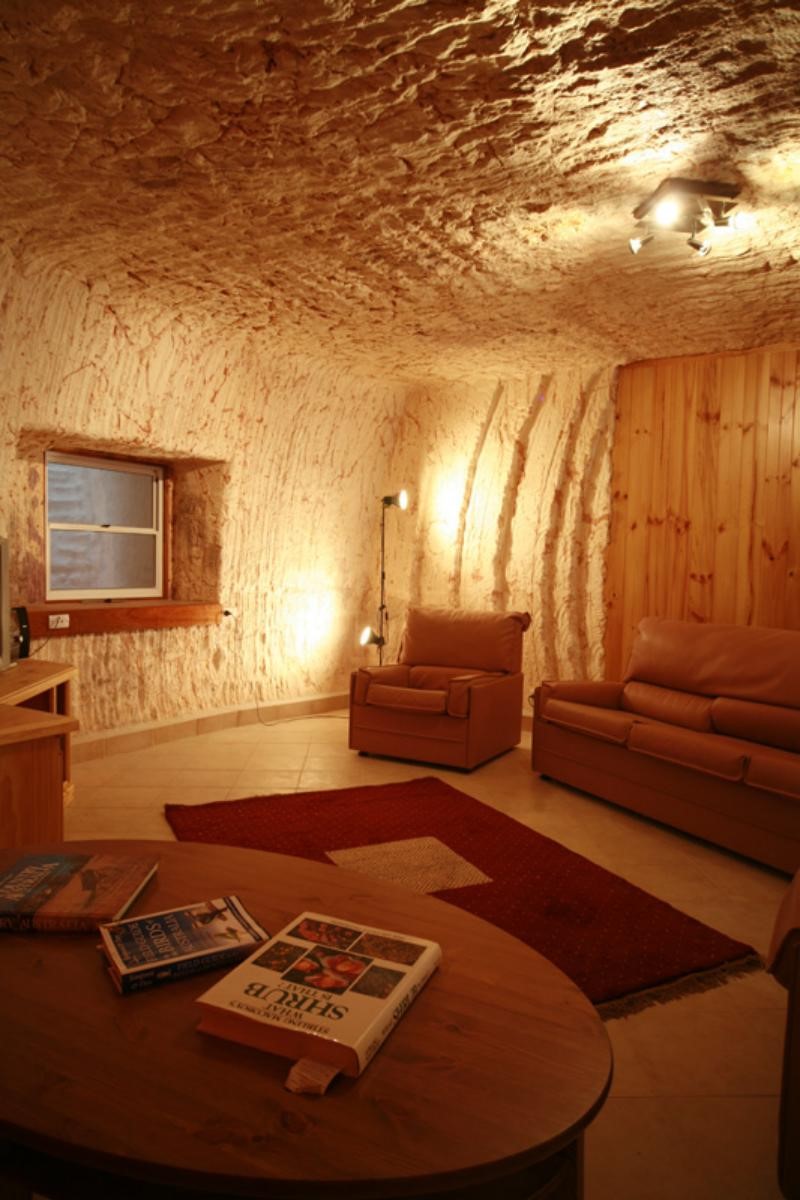

Photo 25.


Photo 26.


Photo 27.


Photo 28.


Photo 29.




